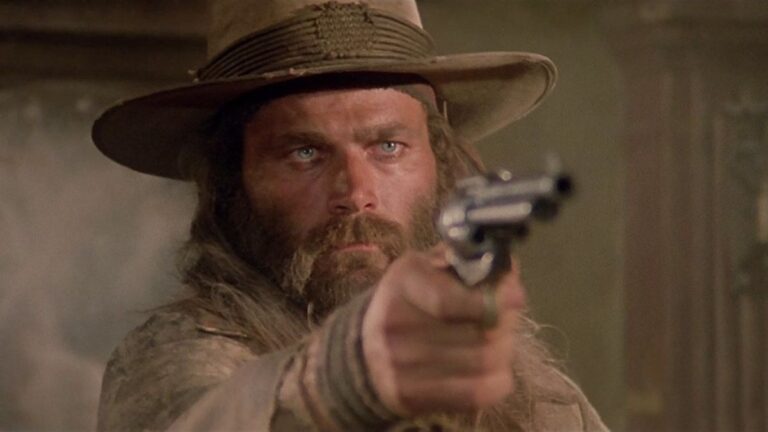The Movie Mavericks analyze and review the last true Spaghetti Western, Keoma. At face value, Keoma is a classic Western with the good guys vanquishing the bad guys and saving the girl. But it goes way deeper than that. We offer our perspective on the many micro-conflicts, themes, and ideas that come out of this film. And of course, we also discuss the highly controversial film score.

Keoma (1976)
4.3



